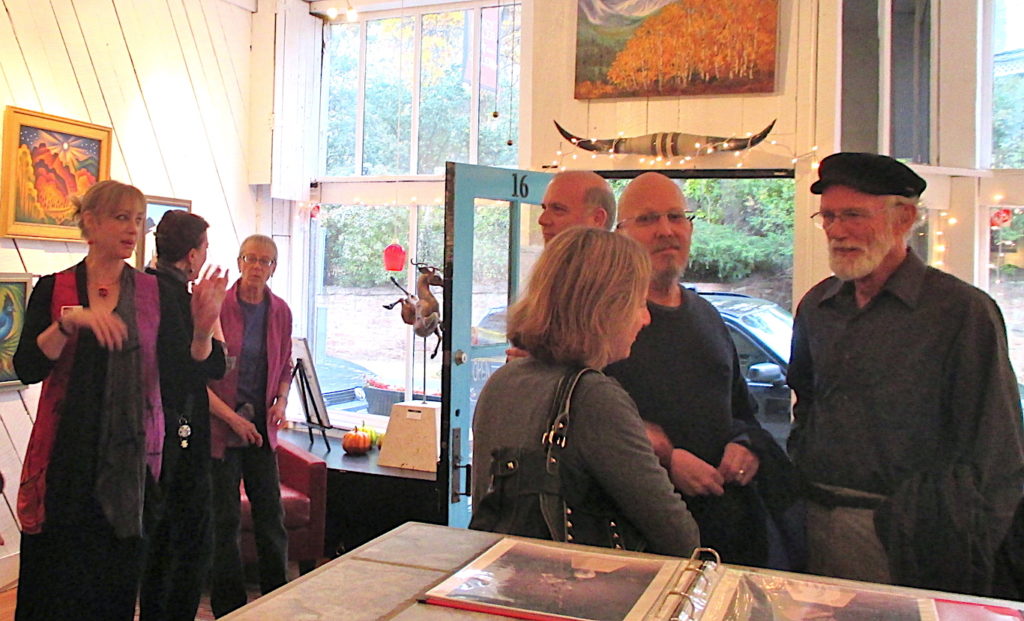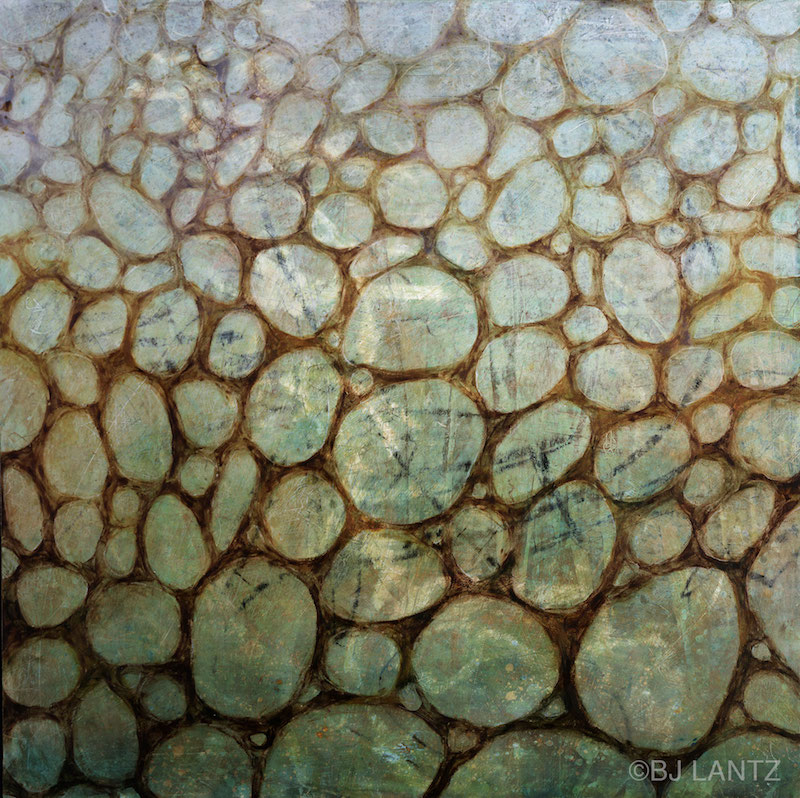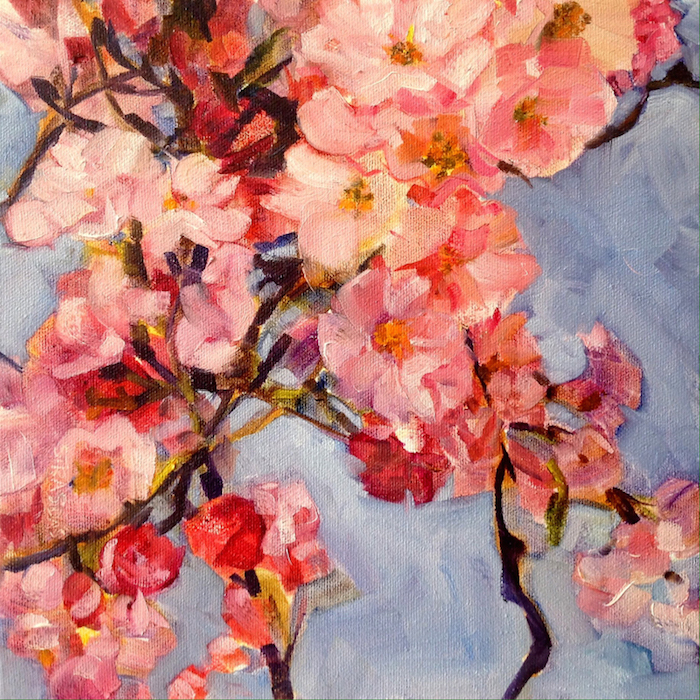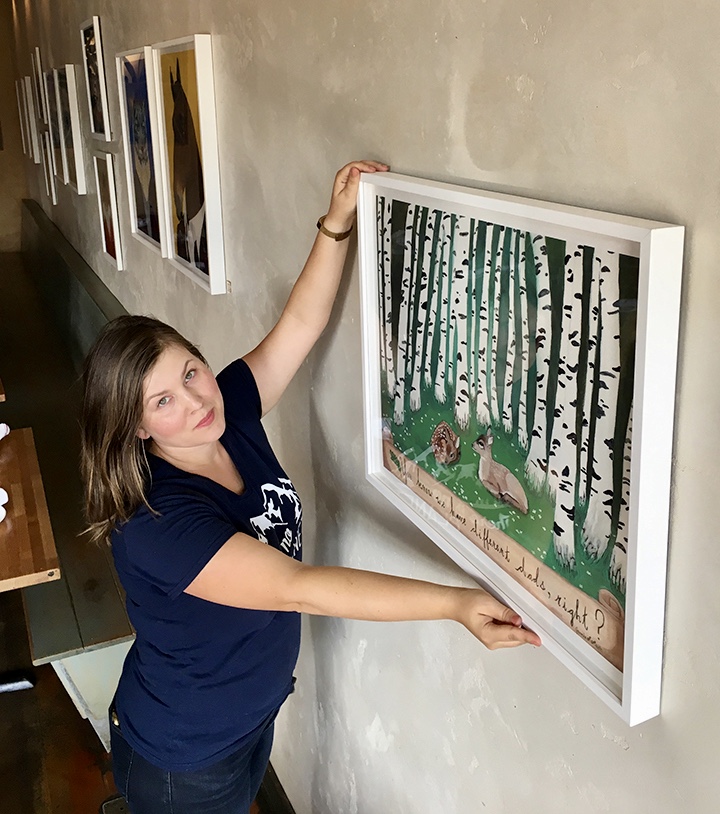The Art Biz ep. 29: When the Commissions Gig Dries Up with Leslie Neumann
What do you do when one of your major sources of income disappears?
I wish I kept track of how often I have heard this story. It goes something like this.
Artist gets a really juicy gig. Maybe they have a wealthy collector who buys tons of their work to outfit all of their offices and homes (because of course they have more than one). Then the collector is done, dies, or disappears.
Or they have one gallery that is selling their work like hotcakes. Until the gallery doors close or the director skips town because of back taxes owed.
Bottom line: The gig dries up. You have placed all of your eggs in one basket and, due to circumstances beyond your control, what was once reliable income is no longer available to you.
This is what happened to artist Leslie Neumann.
She had a sweet deal going with Firebird Restaurants for more than four years. Their purchases of her original paintings accounted for 50-60% of her income during that period.
And then it stopped. But there’s no need to feel sorry for her! As you’ll hear in this episode of the podcast, Leslie rose to meet every challenge. She does, however, have a cautionary tale.
The Art Biz ep. 29: When the Commissions Gig Dries Up with Leslie Neumann Read












